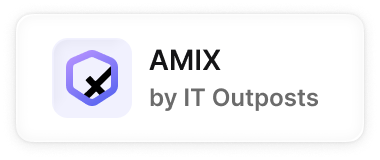
Ready-to-Use
Infra Setup to Speed up
Your Time to Market
Save up to $10,000 on configuring and fixing infra —
and focus on building your product





Highlights

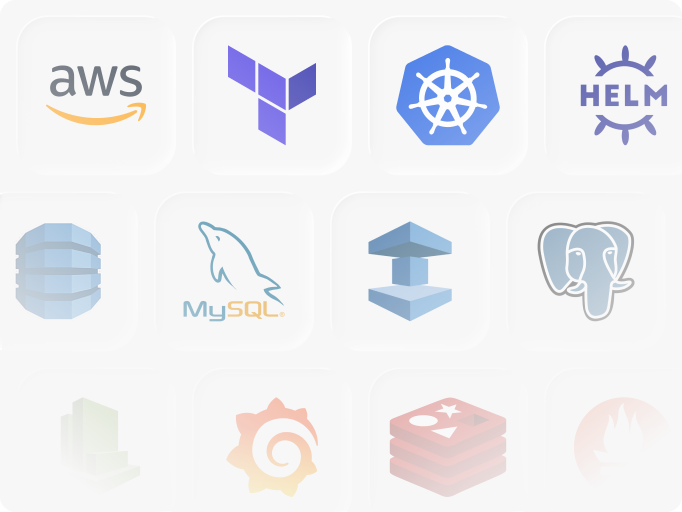
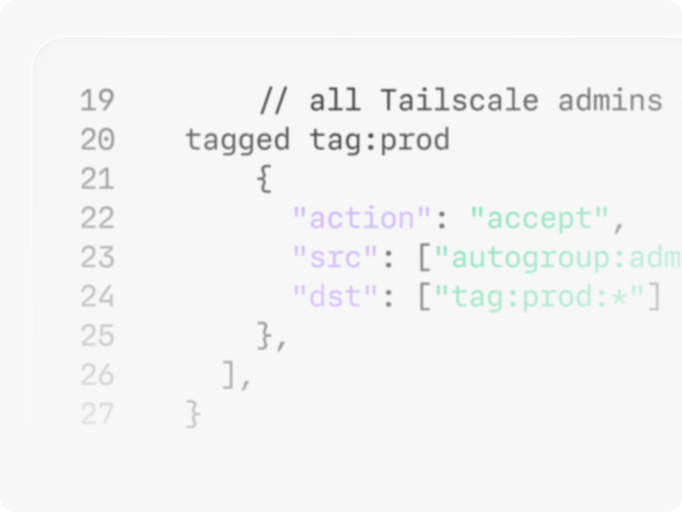
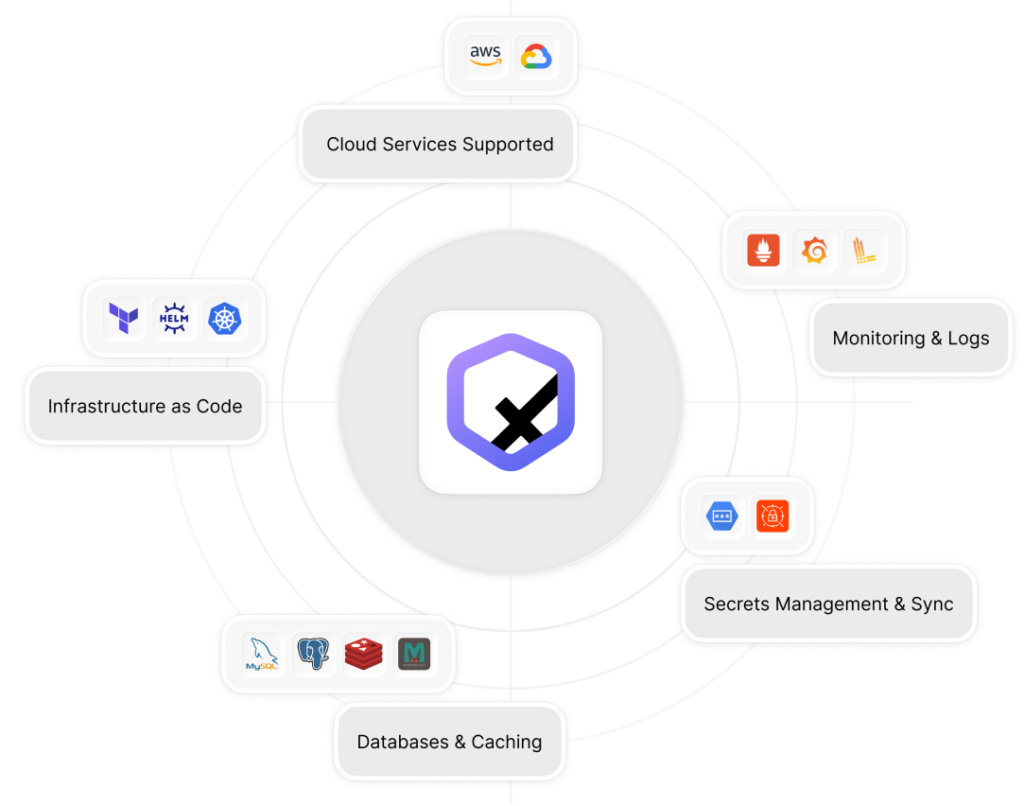
We don't offer a revolutionary
new tool — we help you get the most out
of existing ones.
You get a complete package of essential DevOps tools for setting up your infrastructure, with instructions included.
No need to research, choose, and dig into multiple manuals.
Need someone who speaks business rather than tech?
Where We Fit Best
Product teams at early-growth stages:
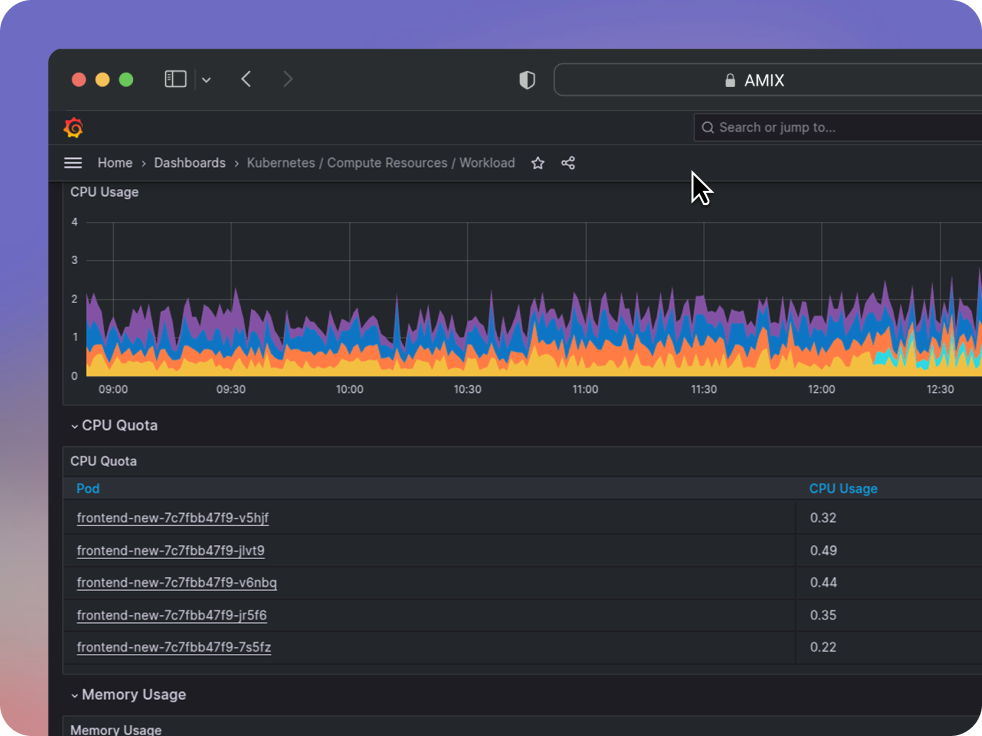
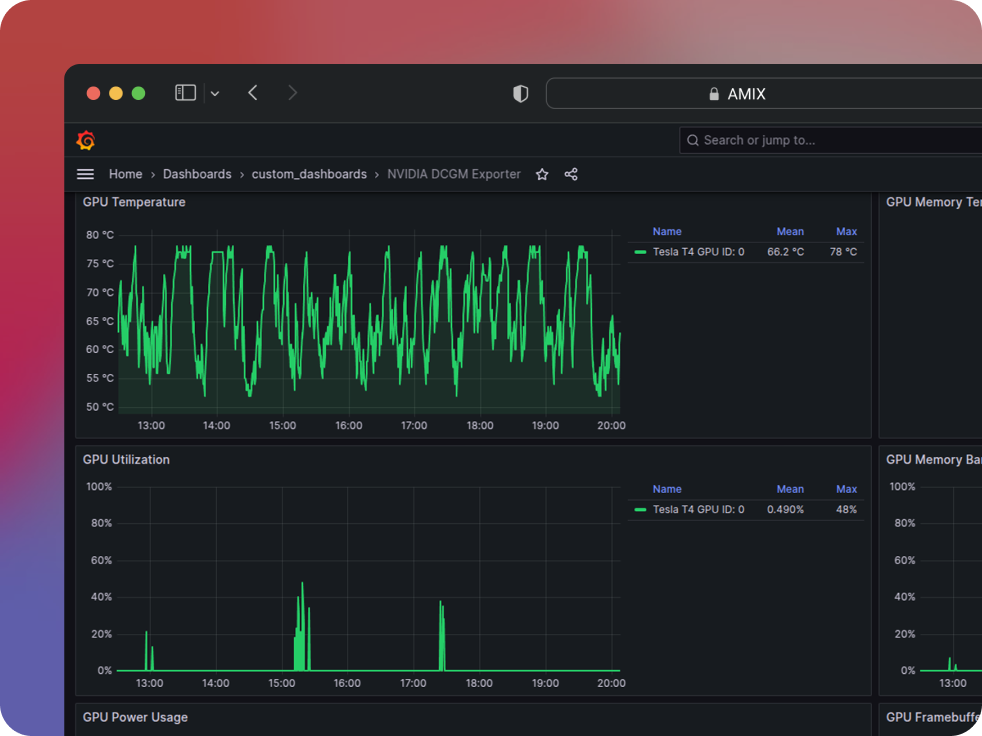
Startups built AI-native from day one:
Actively growing & scaling product-led companies:
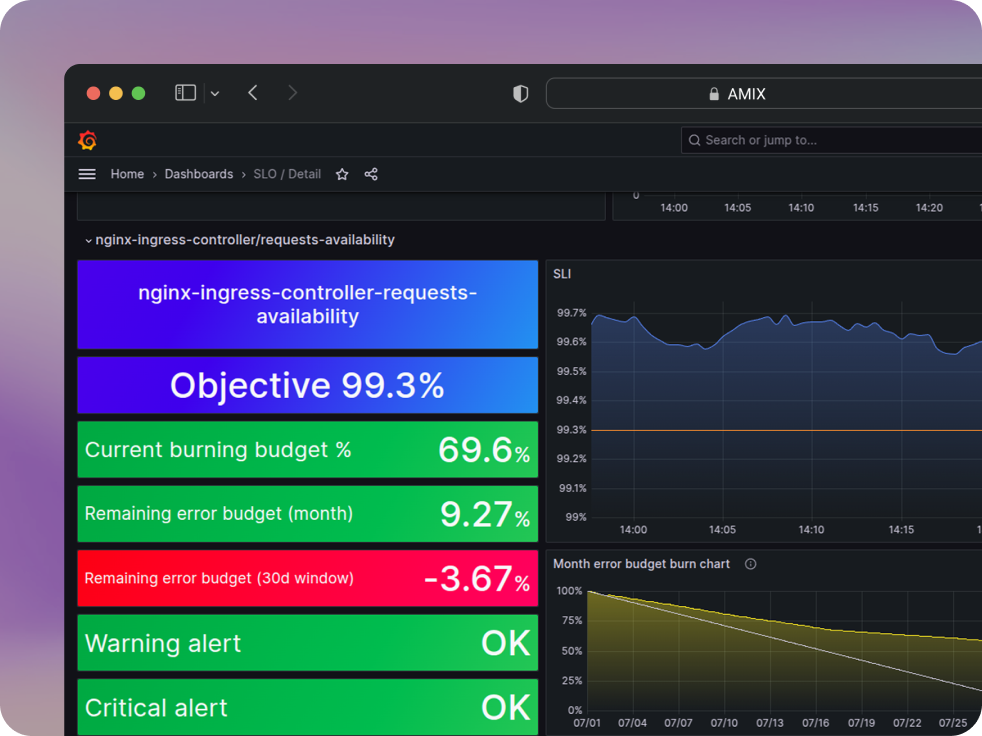
Save +160 engineering hours on deployment
with 20+ DevOps tools in one infra setup
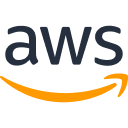

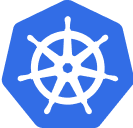

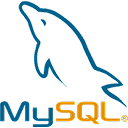












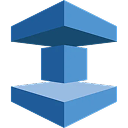





















What We Do
Infrastructure Setup & Migration

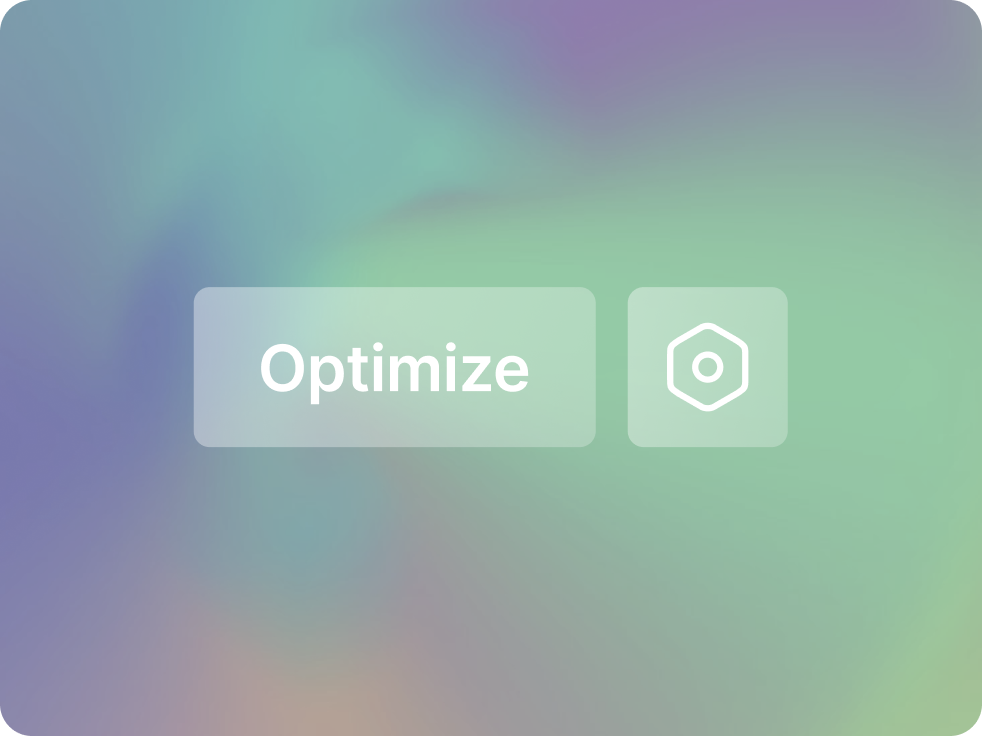
Scaling and Cost Optimization
Urgent Stabilization & Compliance

AMIX is fully aligned with the key international
standards, such as
ISO 27001, SOC 2, NIST CSF, GDPR, HIPAA, CCPA, and DORA





How We Differ
Preconfigured infra setup, built with the best practices—available for free.
Senior DevOps at a fractional cost and only when needed.
On-demand leadership assistance with cost optimization, scaling, and compliance.
Infra configuration typically requires 100+ hours of engineering work.
Ongoing work often locked into rigid retainers with high hourly costs.
Limited flexibility and understanding of startup specifics.
Lower upfront costs but fewer guarantees.
High dependence on a single person.
Lack of market knowledge and limited long-term vision, leading to higher costs later.
Risks of hiring the wrong person or at the wrong time during early stages.
Full control but requires more time spent on hiring and managing.
Designed for product-led companies.
Free tools plus fractional support when needed—DevOps & BizDev team operating in a lean way.
Fixed scope. Mid-project changes require renegotiation.
Flexible but limited in capacity and reliability.
Adaptable over time but could be slower when needed to adjust quickly.
Immediate access to the entire infra setup with 20+ DevOps tools.
Quick onboarding, backed by multiple materials we provide after you sign up for AMIX.
2–4 weeks for initial setup and deployment.
Additional time for customization and integration.
Slower implementation due to more formal processes.
Timeline varies depending on individual availability.
Quick starts possible though with risks of delays due to limited bandwidth later on.
1-3 month on hiring.
Up to 2 months on onboarding and starting working in a full mode with the first task.
Setup documentation included.
Self-service resources plus expert guidance when needed.
On-demand knowledge sharing sessions with your team.
Documentation typically available but at additional cost (sometimes hidden).
Knowledge often stays with the agency.
Minimal formal documentation.
Knowledge primarily resides with individual freelancer.
High risk of knowledge loss if relationship ends.
Knowledge stays within your organization if you develop a culture of proper documentation.
Dependent on individual team members' communication skills.
Instant access to the free infra setup and learning materials.
Paying only if you need support and for specific work.
Usually you first see them at work after you’ve paid, which makes any predictions difficult to make.
Rarely able to provide any guarantees about the quality of work.
No external guarantees—all risk on the company.
Our Cases
AI translation app, Recommended Vendor
by YouTube

Alexander Konovalov
CEO Vidby
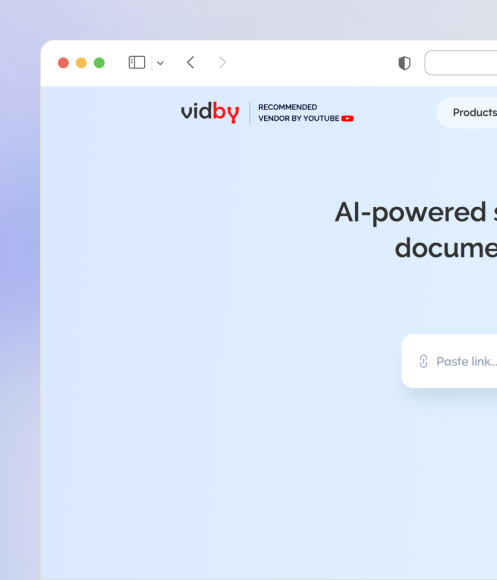

Building the Backbone of DreamFlare AI, Founded by a Former Google Executive

Jesus Mota
Lead Engineer


Recognized by Flagship Founders Global Maritime Tech Startup

Petr Kirillov
CTO at C Teleport
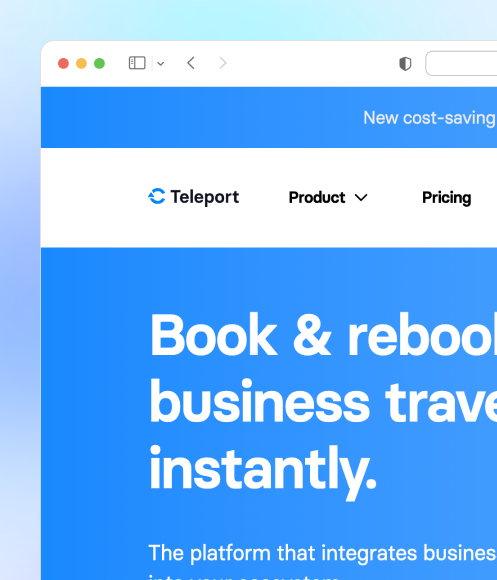
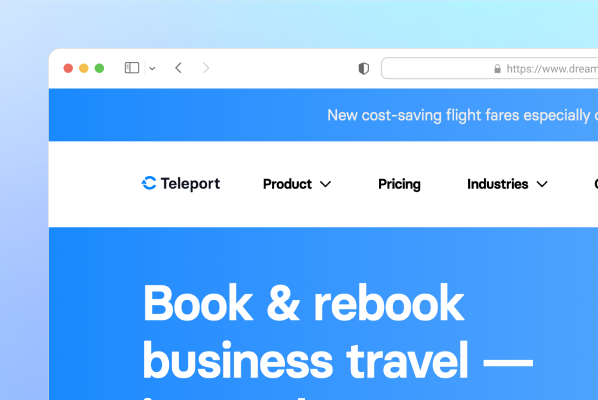
How We Work

Found an offer for setting up infra faster and easier?
We'll give a 100% discount on our DevOps consultation with the AMIX setup— whether you're starting up or migrating.
FAQ
Why Your Business Needs Perfectly Designed and Configured Infrastructure
🟨 Problems
Scalability issues
Difficulties in quickly increasing resources, deployment delays,
and high costs due to a lack of automation.
Instability and failures
Frequent outages, high system latency, and unpredictability hinder business
processes and planning.
Security vulnerabilities
Risks of data breaches, external threats, and lack of access control increase the system’s exposure.
High costs
Inefficient resource utilization, lack of automation, and high expenses for resolving issues.
Migration risks
Data loss, downtime, and integration challenges slow down business development during migration.
🟩 Solutions
Scalable architecture
Configuring Kubernetes, modular architecture, and automation accelerates deployment, reduces costs, and simplifies scaling.
Optimization and stability
Monitoring, logging, and automation enhance system stability, transparency, and failure resolution speed.
Data and network security
Setting up IAM, firewalls, and secret management systems protects data and prevents external threats.
Efficient resource utilization
Automating resource management and cost analysis optimizes cloud solutions and reduces expenses.
Smooth and secure migration
Backup, failover systems, and testing minimize data loss, downtime, and integration risks during migration.
Steps of AMIX implementation
Infrastructure as Code
![]()
1.1 Accessing client infrastructure and Kubernetes repositories.
![]()
1.2 Configuring templates according to the client questionnaire.
![]()
1.3 Gaining access to the client’s AWS account.
![]()
1.4 Creating a user with administrative access for Terraform.
![]()
1.5 Setting up Terraform state storage in AWS and configuring the storage path.
Multi-Environment (2 environments by default)
![]()
2.1 Duplicating environments in scripts if multiple environments are required.
![]()
2.3 Configuring VPC Peering if inter-environment connectivity is needed.
VPC (Networking)
![]()
3.1 Segmenting networks based on the client questionnaire.
![]()
3.2 Setting up VPC networking.
Kubernetes
![]()
4.1 Deploying Kubernetes clusters following best practices for scalability and reliability.
![]()
4.2 Implementing Helm charts for deployments and providing kubectl access.
![]()
4.3 Setting up an application for a demo client.
![]()
4.4 Configuring Flux CD.
![]()
4.5 Verifying monitoring.
![]()
4.6 Providing read-only and read-write access to Kubernetes clusters for client accounts.
Database
![]()
5.1 Provisioning managed databases.
![]()
5.2 Configuring backups, replication, and performance monitoring.
![]()
5.3 Providing the database connection string.
Monitoring, Alerting, and Logging
![]()
6.1 Setting up the monitoring stack including Slack integration, domain setup, and AWS dashboard.
![]()
6.2 Configuring alerts for thresholds, incidents, and anomalies.
Basic Security
![]()
7.1 Setting up firewalls.
![]()
7.2 Configuring Identity Access Management (IAM).
Secret Management
![]()
8.1 Implementing secure secret management solutions and key rotation.
![]()
8.2 Preparing documentation on secure secret usage for the client team.
ElastiCache
![]()
9.1 Configuring caching solutions (e.g., Redis, Memcached) based on the questionnaire to improve performance.
![]()
9.2 Providing the ElastiCache connection string.
Documentation
![]()
10.1 Preparing detailed documentation on infrastructure, pipelines, processes, and best practices.
![]()
10.2 Creating user manuals and troubleshooting guides for seamless project handover.
![]()
10.3 Including architecture diagrams, step-by-step instructions, and operational procedures.
What are the requirements for implementing AMIX Infrastructure?
To ensure a fast and successful implementation of AMIX Infrastructure, the following are required:
Containerized application (Docker)
AMIX is built on Kubernetes, so your application must be packaged as Docker images.
AWS account
The entire infrastructure is deployed in AWS, including Kubernetes (EKS), databases (RDS), CI/CD, monitoring, and security.
Completed infrastructure questionnaire
This is necessary to customize the solution to your specific stack and requirements.
Please note:
Migration of your application to AMIX Infrastructure is not included in the AMIX Package. You may use our migration service, but it requires a separate estimate.
How Much Does AMIX Infrastructure Maintenance Cost?
🔹 Startup
The minimum cost for
startups or teams that only
need a development environment (Dev).
Perfect for MVPs, early-stage projects, and product experiments without production workload.
from $229 /month
🔹 Grow
A complete “all-in-one”
solution: Dev + Prod deployed in a single cluster.
Ideal for companies entering the market that need a stable production environment while keeping costs under control.
from $599 /month
🔹 Establish
Two full environments in separate clusters (Dev + Prod) — for projects with higher demands for isolation, reliability, and security.
Best suited for mature products with real users and a need for scalable infrastructure.
from $1100 /month
💡 The listed prices are approximate costs of using cloud services that we configure
as part of the AMICSS Infrastructure implementation. These payments are made directly to the cloud providers (e.g., AWS) — not to us.
💬 Please note: data transfer, storage, and the load from your application are not included in these estimates. After migrating your application into the AMIX infrastructure, actual costs may increase depending on your project specifics.
What Artifacts Will I Receive With the AMIX Infrastructure Package?
📄 Documentation and Policies
IaC templates, Documentation for usage, Version control repository setup, Deployment schematics for each environment, Documentation on version and change management, Database setup documentation, Security policies, Access control configurations, Secret policies, Training materials
⚙️ Configurations and Scripts
Cluster configurations, Deployment scripts, Backup configurations, Cache configuration files, Integration settings
FAQ
Why do I need to be serious about infra from day one?
Problems you may face without a solid foundation:
Instability
outages, high latency, and unpredictable system behavior leading to issues with customer retention.
Security gaps
increased risks of breaches, poor access control, and exposure to external threats.
Scalability issues
misuse of existing resources, slow deployments, and chaotic architecture.
Wasted resources
both financial and engineering time lost on fixing issues instead of developing the product.
What does the right approach to building infra look like?
A systemic setup combines tools, processes, and architecture choices
that work together from day one.
Key components include:
Scalable architecture
Kubernetes, modular design, and automation for faster, cost-effective growth.
Stability & transparency
monitoring, logging, and automated responses to detect and fix issues quickly.
Security by design
IAM, firewalls, and secret management to safeguard data and systems.
Efficient resource use
automated resource management and cost analysis to keep cloud usage lean.
What do you offer to address key challenges and make it right?
We help product teams handle infrastructure challenges and apply the right approach from day one with a combination of tools and services:
AMIX core setup
a free of charge, ready-to-use infra package including: IaC templates, preconfigured Kubernetes clusters, networking, database tools, monitoring, basic security, secret management, and documentation.
DevOps support
for teams that need hands-on help. From scaling and compliance to advanced security, we provide help with migrating, scaling, troubleshooting, compliance, and ongoing optimization. This is a paid service, with individual pricing.
Educational resources
zero-cost materials to help your team understand and manage infra:
Efficient resource use
automated resource management and cost analysis to keep cloud usage lean.
![]()
Email series
practical lessons on infrastructure fundamentals and best practices delivered straight to your inbox.
![]()
Interactive blueprint
a guided resource covering tools, processes, and approaches for building better infra; works great together with the AMIX setup.
![]()
Regular insights
articles, case studies, and email newsletter we regularly produce to help teams make informed decisions and stay ahead of common infra challenges.
What do we need to start with AMIX?
To get started, you’ll need:
Submit a form
to get personal access to the AMIX package, which we provide free of charge.
A containerized application
AMIX is built on Kubernetes, so your application must be packaged as Docker images.
AWS or Google Cloud account
for Kubernetes (EKS or GKE), databases, CI/CD, monitoring, and security.
An in-house software developer with infrastructure experience or a DevOps expert
normally, you would need one of those people to set up the AMIX package.
Do you provide any documentation with your AMIX infra setup?
Yes, AMIX setup comes with detailed documentation to make it easy for your team to work with the infrastructure from day one. This includes:
Architecture diagrams and deployment schematics for each environment
User manuals and troubleshooting guides
IaC templates and usage instructions
Database setup documentation and connection details
Security policies and access control configurations
Secret management policies and usage guidelines
Version and change management documentation
Our goal is to make sure your team can operate, maintain, and evolve your
infrastructure without guesswork.
- MVP Scaling Services
- Enterprise Architecture Services in IT
- DevOps Consulting Company
- Cloud Migration Services
- CI/CD as a Service
- Cloud Optimization Consulting
- Cloud Implementation Services
- Kubernetes Consulting Services
- Infrastructure and Architecture Design
- Kubernetes Deployment
- Cloud Costs Optimization
- Infrastructure Migration Services
- Devops Outsourcing Services
- Infrastructure Management Services
- DevOps Transformation Services
- DevOps Support Services
- Infrastructure Design Services
- Cloud Assessment Services
- Infrastructure Support Services
- Infrastructure Monitoring Services
- Infrastructure Audit
- Hire DevOps Developers
- Network Maintenance Services
- DevOps Managed Services
- Cloud Security Posture Management
- Cloud Architecture Design Services
- AWS DevOps Services
- Virtualization Services
- Remote Infrastructure Management Services
- Technology Advisory Services
- Site Reliability Engineering Services
- Containerization Solutions
- Managed IT Services
- Managed IT Security Services
- Managed IT Support Services
- Cloud Security Assessment
- Cloud Services in Chicago
- San Francisco Cloud Services
- Cloud Services in Detroit
- Cloud Services in New Jersey
- Cloud Migration in Springfield
- Cloud Migration in Seattle
- Cloud Computing Services Houston
- San Diego Cloud Services
- Cloud IT Services in Atlanta
- Kubernetes as a service
- AWS Managed Services
- Disaster Recovery Services
- AWS Consulting Services
- Managed Google Cloud
- Azure Managed Services
- AWS Managed Kubernetes
- Managed Kubernetes Services
- IT Security Audit Company
- DevOps Monitoring Services
- GCP Identity Management
- Kubernetes Support Services
- Kubernetes Enterprise Support Services
- Kubernetes Implementation Services
- Serverless Consulting Services
- Application Modernization Services
- Docker Consulting Services
- Azure Kubernetes Managed Services
- Docker Container as Service
- DevOps Services for Financial Sector
- Google Cloud Platform Consulting Services
- Hybrid Cloud Migration Services
- DevOps Services for Automotive Industry
- DevOps Services for Telecom Industry
- DevOps for Healthcare Sphere
- Azure Consulting Services
- Digital Transformation Services
- Security Consultancy Services
- Public Cloud Services
- Hybrid Cloud Solutions
- Cloud Disaster Recovery Services
- DevOps Release Management
- Enterprise DevOps Services
- Cloud Engineering Services
- Quality Engineering Services
- DevOps Implementation Services
- DevSecOps Services
- DevOps Engineering Services
- Containers as a Service
- Hybrid Cloud Hosting Services
- Small Business Hybrid Cloud Solutions
- Hybrid Cloud Solutions in Salt Lake City
- Hybrid Cloud Monitoring Solutions
- Enterprise Hybrid Cloud Solutions
- Hybrid Cloud Security Solutions
- Hybrid Cloud Solutions for Minneapolis
- Hybrid Cloud Solutions for Waukesha
- Private Cloud Services
- DevOps Consulting Services in Denver
- Cloud Server Monitoring Services
- Multi Cloud Monitoring Services
- Cloud Monitoring as a Service (SaaS)
- Google Cloud Monitoring Solutions
- Oracle Cloud Monitoring
- Log Monitoring from Cloud
- Database Migration Services
- Azure Database Migration Services
- AWS to Azure Migration Services
- Azure to AWS Migration Services
- Cloud Migration Baltimore
- Application Migration Services
- Data Migration Services
- CI/CD Consulting Services
- Data Center Migration Services
- CloudOps Consulting Services
- AWS Security Consulting Services
- DevOps Automation Services
- Cloud Advisory Services
- Blockchain DevOps Services
- Mobile App DevOps Services
- Microservices Consulting
- DevOps Testing Services
- DevOps Banking Services
- DevOps For SaaS
- Database Monitoring Services
- Cloud Banking Services
- Operations Managed Services
- Database Administration Services
- IT Infrastructure Optimization Company
- Modern Data Architecture Consulting Services
- IT Infrastructure Strategy Services
- Cloud Enablement Services
- Data Security Services
- Cloud Data Management
- Data Management Consulting
- Cloud Readiness Assessment Services
- Cloud Consumption Service
- Azure Integration Services
- Configuration Management Services
- Data Center Managed Services
- Cloud Transformation Services
- Cloud Validation Services
- Cloud Connectivity Services
- Cloud Adoption Services
- Infrastructure Security Services
- IT Infrastructure Transformation Services
- Infrastructure Deployment Services
- Infrastructure Assessment Services
- Hybrid Infrastructure Managed Services
- Cloud Testing Services
- DevOps Assessment Services
- Cloud Support Services
- Cloud Computing Consulting Services
- Cloud Infrastructure & Management Services
- Cloud Integration Services
- AWS Site Reliability Engineer
- Hire a CI/CD Engineer
- Efficient Scaling Services
- Improved Reliability Service
- Kubernetes Cost Savings
- Kubernetes Faster Deployments
Ready to learn about the best DevOps practices?
Use DevOps as a Service for alignment of processes and performance boost to deliver flawless projects.
IT Outposts © 2025 |
Sitemap






